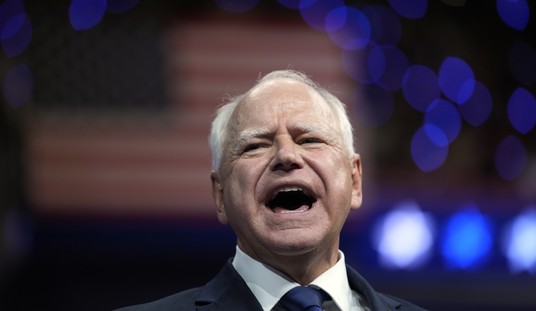There’s no arguing the fact that the Democrats had a pretty good day on Tuesday, at least in a few states with a lot of swing voters. But as this NBC News analysis points out, a deeper look at the numbers carries some warning signs for the party going into next year. While turnout in specific states and districts rose significantly as compared to other recent, off-year elections, that boost came largely among white, suburban voters. What was missing from the formula? Turnout among black voters was clearly depressed in a number of areas.
However, the results weren’t as sparkling for Democrats in Mississippi, the least white state at stake in Tuesday’s major contests. Plain and simple, African-American turnout there was weaker than expected — and that should serve as a warning to Democrats elsewhere.
It wasn’t shocking that Republican Lt. Gov. Tate Reeves defeated Democratic Attorney General Jim Hood by six points for Mississippi’s top job. But it was surprising that turnout in the Magnolia State’s first competitive gubernatorial race since 2003 was so low. In Kentucky, turnout — as measured by total votes cast— surged a massive 51 percent over 2015’s heated race, but in Mississippi it rose just 20 percent over 2015’s uncompetitive contest.
The Mississippi turnout numbers may be the canary in the coal mine here. In counties where white voters outnumber black voters, turnout was down three percent from 2018. Being that the even-numbered years have House and often Senate races on the ballot and odd-numbered years tend to be more local, that’s expected. But in counties where black voters outnumber white voters, turnout was down from eight to eleven percent. That’s a significant dip.
In a general election, Democrats still rely on gaining a minimum of 85% of support from black voters and turnout needs to be healthy. We saw the results of this formula over the past three presidential races. Barack Obama produced massive black voter turnout and won both times he ran. Hillary Clinton failed to generate that sort of excitement in the key demographic and the results speak for themselves.
So what’s going to happen next year? That depends on who winds up being the candidate. Joe Biden appears to enjoy the largest share of support among black voters, but whether or not that translates into Obama era turnout numbers remains to be seen. At the other end of the scale, Mayor Pete Buttigieg appears to perform the worst with minority voters. If he’s the nominee he might have to rely primarily on white urban and suburban voters in swing states to get over the finish line. And it’s not clear that there are enough of those votes out there to do the trick.
Whoever the eventual Democratic nominee winds up being will almost certainly carry the popular vote. California and New York City alone will almost assure that. But that’s not what puts you in the White House. There will be at least a dozen states where the winner will be fighting for a small but very hotly contested share of undecided voters. With that in mind, the nominee can’t afford to lose any significant chunk of their base demographics or the math just won’t add up.








